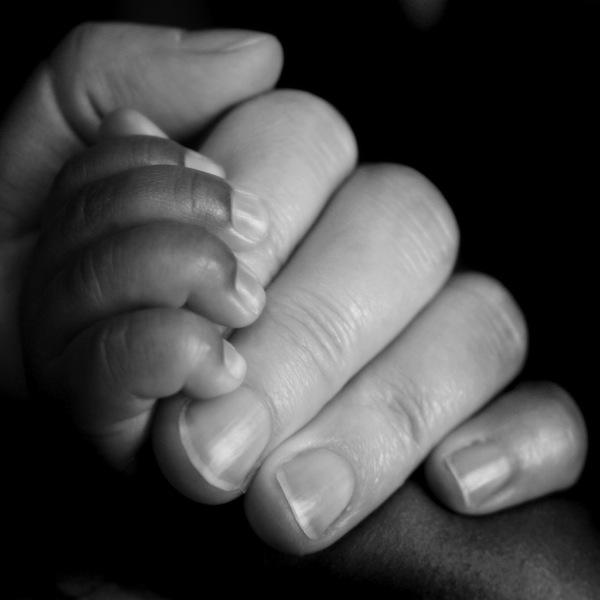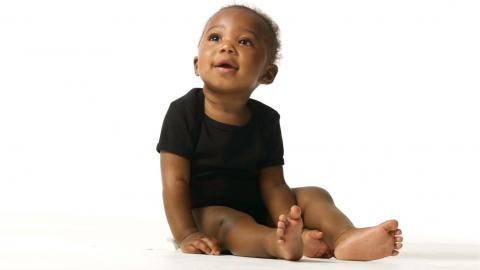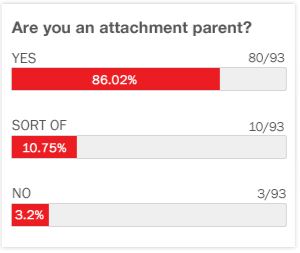
Because adopted children can feel singled out and different, parents must go through different child-raising experiences than with biological children. When a child is also not of the same race as the adoptive parents, this creates a whole new set of challenges. This adoption dynamic, known as transracial adoption, may require different ways for children to bond with their parents.
The term “transracial” can refer to any combination of adoptive children and parents, according to Adoption Alliance director Beth Hall. For example, an Asian child can be adopted by a black family, or a white child can be adopted by a Latino family. In the United States, the most common form of transracial adoption is a white family adopting a non-white child. This last combination in particular can exacerbate issues of feeling different, as children of color may perceive themselves as not being treated the same as their parents or white adoptive siblings, as described by Rory Hadley. Dealing with these issues effectively requires the child feel comfortable addressing these issues. Adoptive parents that create an open environment help to develop stronger bonds with their transracially-adopted children.
Because a child in a blended family will most likely feel different and isolated, it is very important to make a bigger effort to connect. Eating and spending time with the child will help establish a sense of permanency in the relationship. Beth Hall continues to explain that in many situations, the child will have experienced broken relationships with parental figures—often more than once. When this is the case, creating a sense that the parent will never leave helps cement the bond between parent and adoptive child. Such reassurances are essential to helping the adoptive child to open up emotionally.
Transracially adopted children will always know they are different. They will see it in the mirror and in their parents’ faces. It is important to acknowledge these differences and speak about them openly, even admiringly. Ignoring these differences or pretending they don’t matter invalidates the adopted child’s feelings and may create resentment, shame, or distrust. Race is obvious, important, and it matters. Addressing race openly helps the child to accept it. Furthermore, addressing it openly with the adoptive parents creates a sense of comfort and acceptance, which makes the family closer.
Parents will always have issues bonding with transracially adopted children. To be closer to their children, openness and communication are important above all else, according to Charley Kamen. Being completely candid develops the child’s sense of empowerment and comfort with asking questions about adoption and identity. This helps create a sense of acceptance, which creates closeness.











It is really important to understand their culture and help them connect to it as well.